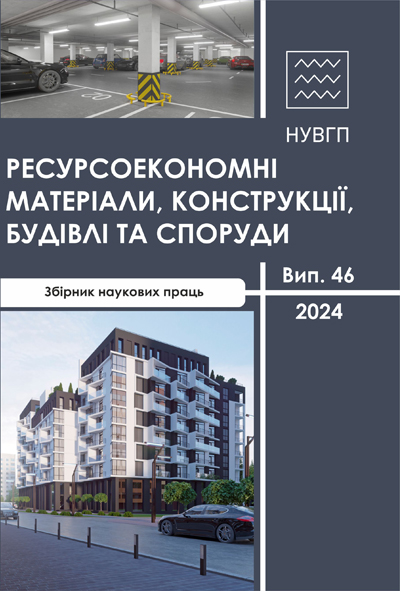INFLUENCE FINESSES, C3A AND SO3 CONTENT FOR THE MAIN PARAMETERS OF OIL-WELL SLURRY
DOI:
https://doi.org/10.31713/budres.v0i46.10Abstract
The article describes laboratory studies of oil-well cement, gives the dependences of the gypsum content, aluminate phase, and fineness of grinding to the main parameters of oil-well cement. According to international standards ISO-10426-1 and API Specification 10A, the content of aluminate phase and gypsum in the composition of oil-well cement is limited. However, there are no clear requirements for the grinding fineness index, which can have a significant impact on the properties of cement and cement slurryes based on it. The aim of the research was to find out the influence of grinding fineness, C3A content in clinker and gypsum content on water separation, spreading, thickening time and strength parameters. In order to obtain the corresponding dependences for the experiments was used clinker with two different contents of C3A and the addition of different contents of gypsum. Part of the obtained cement was sieved on a sieving machine to obtain two different finesses of grinding for their further study. Based on the results of the experiments, it can be stated that the increased content of C3A in the clinker increases the water separation of the cement slurry and significantly reduces the thickening time to a consistency of 30 Bc. The absence of a fraction larger than 45 μm in cement significantly reduces the water separation index, and in combination with a low content of C3A, it significantly increases the thickening time to a consistency of 30 Bc, which positively affects the parameters of the output cement. This study provides an opportunity to forecast and manage factors in cement production. Achieving a low residue on the sieve is the most energy-consuming considering the production conditions, which in turn will increase the specific electricity consumption and the selection of the assortment of grinding balls in cement mills, or the production of this type of cement with separator. The analysis of the obtained models allows us to state that the investigated factors have an ambiguous effect on the properties of the oil-well cement slurry.

